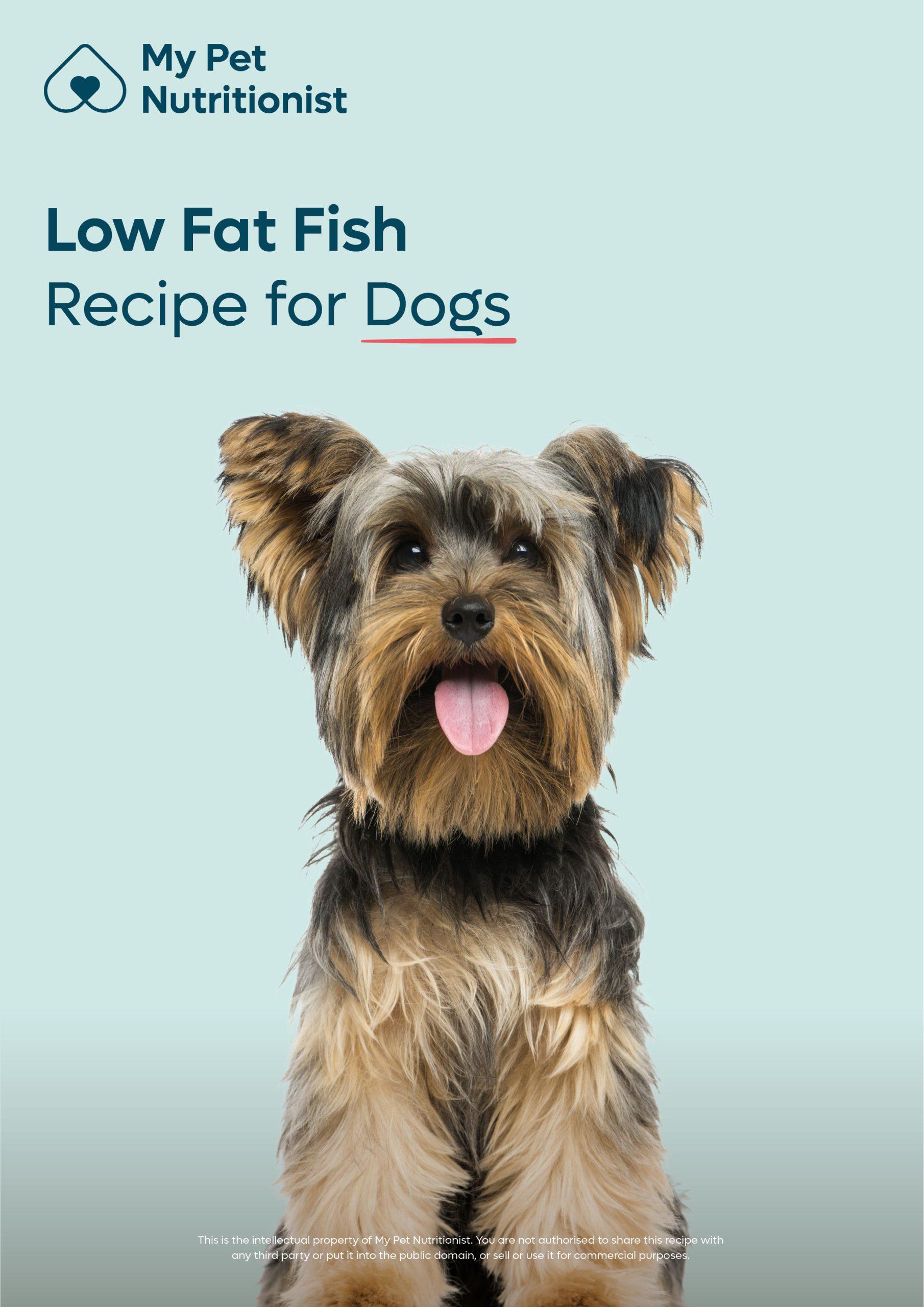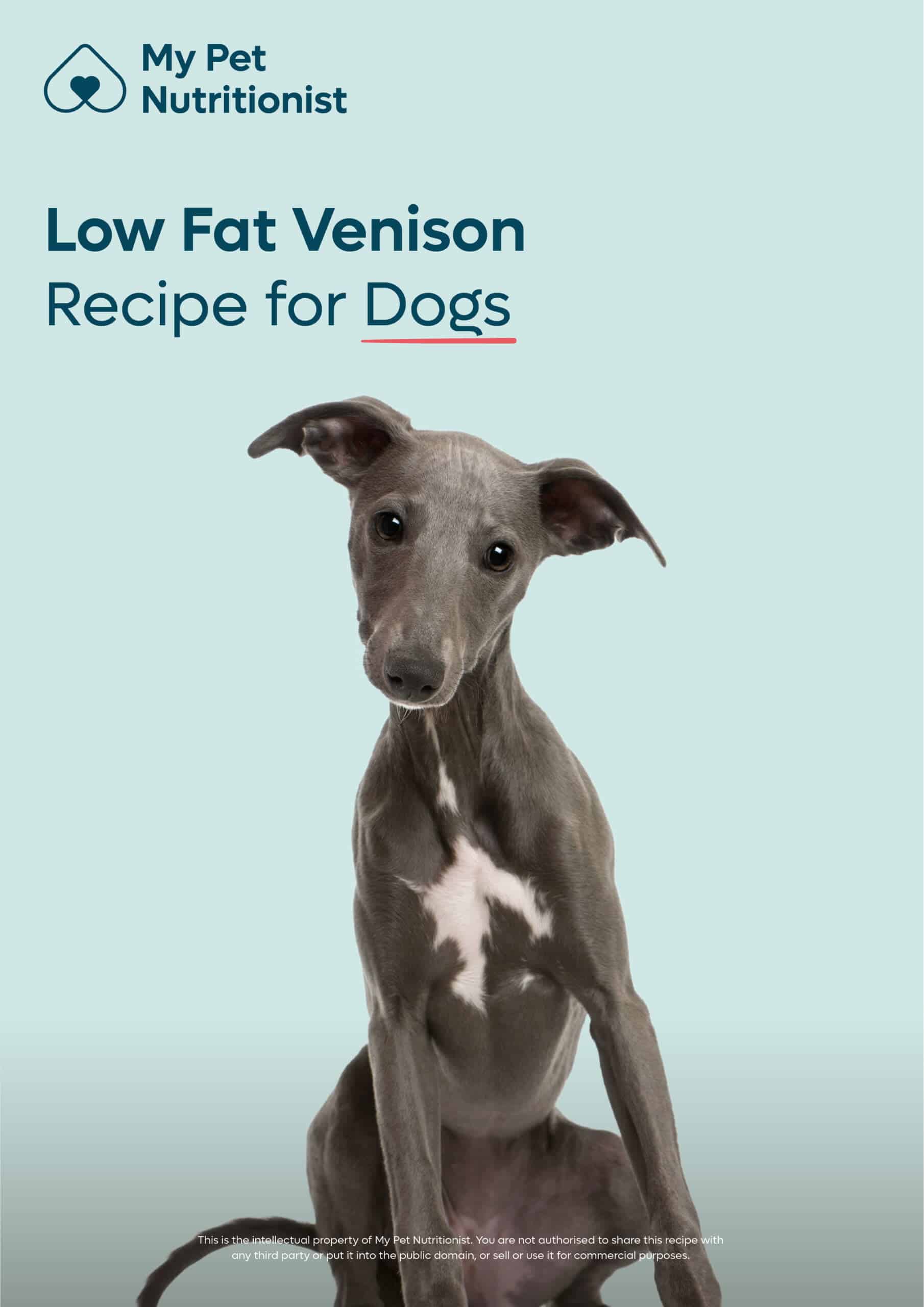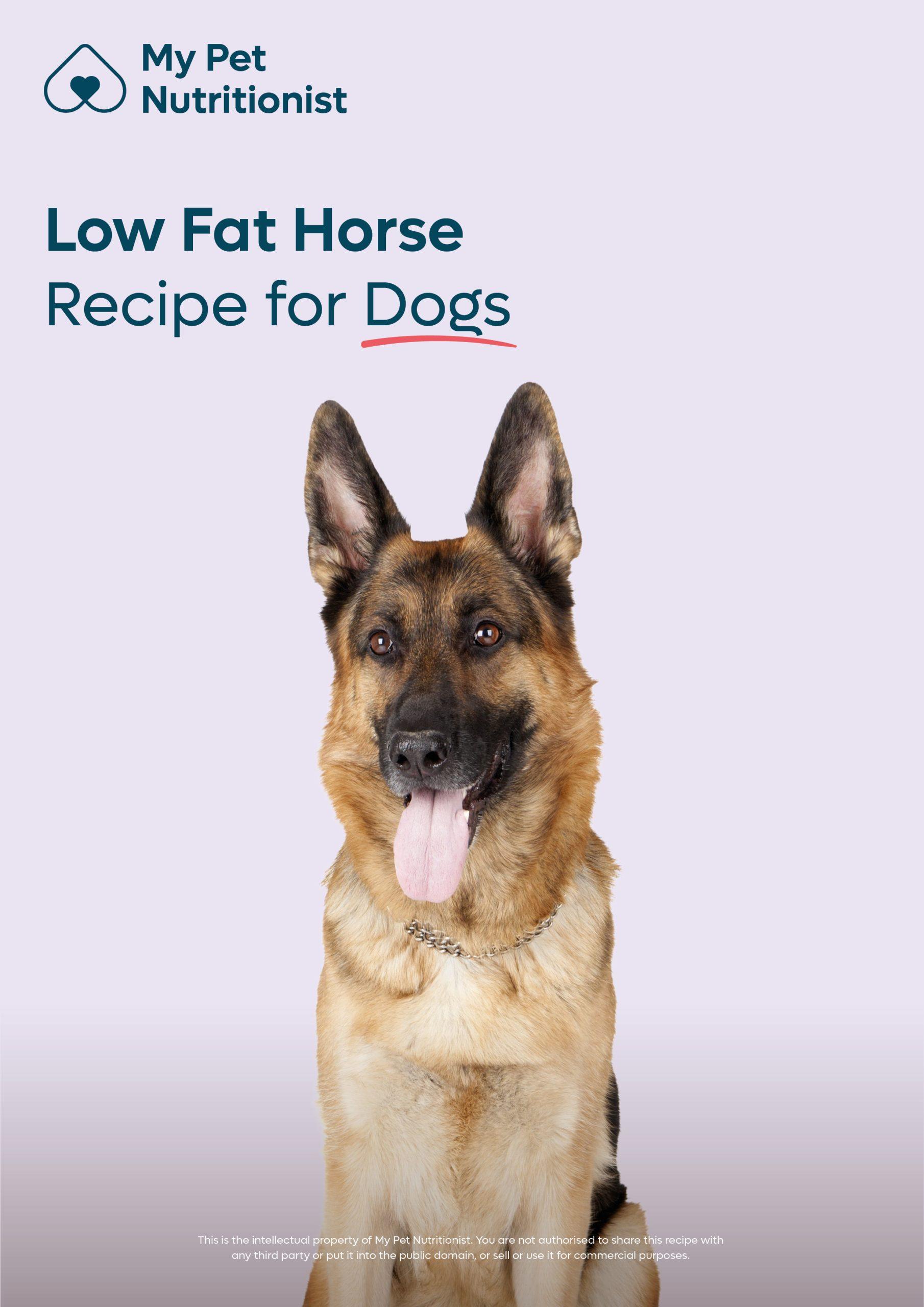-
£19.99

Haematoma in Dogs
- January 25, 2023
- 8 mins
Haematomas are one of the more common soft tissue issues we tend to see here at My Pet Nutritionist. The most frequently occurring Haematoma is the Aural Haematoma; a subdermal haematoma found on the ear, however these benign masses can also be found on the spine, the brain, the heart, or anywhere else in the body. This blog will look at some of the types of haematoma, symptoms, diagnoses, and how we can offer support when a dog has a haematoma.
What is a Haematoma?
Similar to a bad bruise, a haematoma is a collection of blood which has formed in an organ or body tissue, typically as a result of a ruptured blood vessel. Haematomas are often mistaken for a tumour, due to their tumour-like appearance.
Haematomas present as hard, raised lumps, which are usually very painful, whereas a bruise is a flat, malleable discolouration of the skin which may be a little sore to the touch. Where bruises usually heal with no additional medical help, haematomas sometimes require surgical intervention, such as drainage as they can become so large, they can cause life threatening issues due to the inability to get sufficient blood flow to a certain area, or they may become infected.
Types of Haematoma
Let’s discuss a few of the more common haematomas, their symptoms, and causes.
Aural Haematoma
As previously mentioned, haematomas of the ear are the type we see most often. These usually present on the flap of the ear (scientifically known as the ‘pinna’). When the blood vessel in the ear is damaged, blood leaks into the area between the skin and cartilage of the ear, which causes a pool of blood to form. Depending on the severity of the bleed, the ear position may change as the pool of blood may interfere with the muscles in the ear, as well as the ear canal, due to swelling. Aural Haematomas are extremely painful to the touch, so avoid touching the ear too much so as not to cause pain and distress in your pet.
Aural Haematomas happen when there’s trauma to the ear, usually caused by dogs shaking their heads during ear infections and ear mite infestations, or by excessive itching of the area in allergy dogs, or dogs with insect bites on the neck or head areas. Aural Haematomas are also fairly common in dogs who have been a victim of a dog attack when the dog bite hasn’t broken the skin.
Studies suggest that Aural Haematomas are not as a result of autoimmunity, but could be caused by other immunological events, such as infection control in the presence of a pathogen, or histamine responses in the presence of an allergen.
Aural Haematomas can heal on their own, however they often result in ‘cauliflower ear’ – the pinna appears crumpled/intricately folded. The science behind this malformation of the ear following a haematoma, is down to the substance released during the trauma of the area. The fluid which leaks between the cartilage and the skin, is a fibrotic rich serum. When the haematoma heals, the body reabsorbs the leaked fluid, which leads to fibrosis in the pinna. When fibrosis occurs, the fibrotic tissues in the area contract, which causes the folds often seen.
Haematomas on the Brain
Haematomas can be found on the brain, and can be Subdural or Extradural Haematomas. Subdural Haematomas are often associated with underlying brain injuries, whereas Extradural haematomas are usually down to skull fractures, and damage to a meningeal artery (the main blood supply for the brain). These are generally the most dangerous type, and have a variety of symptoms, including vomiting, lethargy, paralysis on one side of the body, confusion, and uneven pupil sizes. In cases where the haematoma is located on the brainstem, upper (cervical) spinal pain is common too. Haematomas on the brain are most commonly seen following trauma to the head from vehicle accidents.
Studies show Cerebral Haematomas can also be caused by an infestation of French Heartworm (Angiostrongylus vasorum). This is just one of the ways the parasite causes major neurological problems.
While the prognosis for those diagnosed with any subdural haematoma may be a scary one, there is evidence to suggest a veterinary treatment plan is available, and successful for the condition. A study carried out on a large breed dog, kicked in the head by a horse, shows a full recovery within 15 months of intercranial surgery, antimicrobial therapy, and corticosteroids.
Spinal Haematomas
Spinal Haematomas can be present for a number of reasons, and can be debilitating during recovery. Intervertebral Disc Disease (IVDD) patients may suffer from a spinal extradural haematoma, as a result of trauma during the herniation of the affected vertebrae. Spinal compression caused by Pneumorrhachis (air bubbles stuck in the spine) can also lead to haematoma formation.
There is also evidence to suggest that bites from venomous snakes may also contribute to haematoma formation on the spine. The other most common cause of spinal haematoma is trauma during spinal surgery.
Tracheal Haematomas
Haematomas in the trachea can cause acute (sudden) respiratory difficulties/blockages, due to the airway being blocked by the raised haematoma. These are most commonly discovered following surgery, and are caused by the intubation tube used. When the wrong type, or size of intubation tube is used, or the tube is not handled carefully, trauma occurs in the trachea which can cause bruising, or damage to the blood vessels, resulting in the formation of haematomas. Trauma following neck surgery may also contribute to the formation of Tracheal Haematomas, but there are studies to suggest this is the case, and others to suggest it isn’t the case so more research needs to be carried out to determine a definitive answer.
As with other types of haematoma, trauma from non-surgical events can also cause haematomas. A common non-surgical event which can cause them is a dog bite. Dog bites are often found to target the neck area, which can easily damage the blood vessels in the trachea.
Cardiac Haematomas
Though rare, there are studies into Aortic Haematomas – a haematoma affecting the heart. More specifically, Spontaneaous Aortic Dissecting Haematoma; these haematomas are usually down to hereditary conditions where the elastin in the aorta wall, splits, or displaces. The aorta is the main artery which carries oxygenated blood away from the heart to the rest of the body. When the wall of the aorta splits, blood leaks in localised areas, which causes a haematoma to form. These are one of rare cases where trauma is not necessarily involved, but underlying blood pressure issues may be a large contributing factor.
Haematomas in the heart can also be caused by venomous snake bites. A condition called Venom-Induced Consumptive Coagulopathy (VICC) can occur following a snake bite, which causes damage to the blood vessels in the ventricles of the heart. Haematomas are often as a secondary issue to VICC and have been known to block the flow of blood away from the right ventricle. Changes to arrhythmia or diagnoses of heart murmurs following a snake bite should be thoroughly investigated by a veterinarian as soon as possible, as these are signs of the formation of an intramyocardial haematoma.
Supporting the Body
There are various ways we can support the body of those with haematomas, and those prone to recurring haematomas.
Allergy Control
Getting any allergies the dog may have, under control. Whether the dog is suffering with food, environmental, or both food and environmental allergies, is essential to reduce the risk of worsening any current haematomas, and stopping recurrent haematomas from forming. Looking into gut health supplements, elimination diets, and switching to natural alternatives for pest prevention and household cleaning products can all help reduce intolerance symptoms, which in turn reduces the risk of haematomas.
Diet and Supplements
Feeding a fresh food diet, whether that’s raw or cooked, will help keep conditions like ear and skin infections at bay, which in turn reduces the risk of itching and causing trauma which would result in haematomas.
Vitamins and Minerals
Vitamin C is vital for blood vessel formation and strength, as well as cartilage muscle, and collagen in the bones. Sources of Vitamin C include cruciferous vegetables (cabbage, broccoli, cauliflower), strawberries, cantaloupe melon, and parsley. Ensuring the diet contains plenty of Vitamin C will help reduce blood vessel damage and subsequently, leakage.
Vitamin D is proven to help clearance of haematomas, particularly those affecting the neurology of an individual. Vitamin D helps production of macrophages; white blood cells which remove dead cells. Dietary sources of Vitamin D include oily fish, liver, red meats, egg yolk and mushrooms.
Vitamin K is great to help reduce bruising, as it strengthens blood vessel walls. Sources of Vitamin K include kale and other leafy greens, beef liver, pork meat, chicken meat, and parsley.
Zinc aids healing of tissues. Ensuring the diet contains plenty of zinc, enables healing processes to occur, which will help reduce the blood leakage into the haematoma. Sources of zinc include red meat, fish, oily fish, eggs and seafood, such as oysters. Some seeds and nuts also contain zinc, but ensure you don’t feed peanuts (legumes) or macadamias (toxic to dogs).
Homeopathy
Consulting a homeopath may be an option, as there are a number of remedies available for which there is some anecdotal evidence of their success.
Other Support
Bandaging
In aural haematoma cases, to help prevent the ears from being shaken, and therefore worsening the condition of the haematoma, it can be advisable to bandage the ears to the head using a medium to firm support bandage. If you are not confident in bandaging the dog’s ears yourself, consult a vet nurse, and they will be able to assist.
Top Tip: If bandaging the ears to the head at home, unsure you draw an arrow on each side of the bandage, in the direction of where the ears are laying! If the ears are flat against the side of the head, draw a downward arrow, and if the ears are bandaged on top of the head (unusual for aural haematoma cases), draw the arrow pointing up or toward the middle of the head. This denotes ear placement in case the bandage is to be cut off, keeping your dog’s ears safe from being chopped!
Resting
Resting the dog helps reduce the risk of blood pressure increasing, and therefore reduces the risk of more blood leakage through the damaged blood vessel causing the haematoma. Incorporating some more mental enrichment in place of some of your dog’s daily exercise time can help tire your dog out without the need for the normal amount of physical activity your dog receives, and keeps blood pressure level.
Icing
Icing the areas affected can cause great relief of pain for dogs suffering with haematomas. Ice also helps reduce swelling in the area, and can also help prevent soft tissue damage, which in turn helps the healing of the haematoma.
Pest Control
As haematomas can be caused by French Heartworm, it’s incredibly important to keep on top of regular wormcounts, and if your dog tolerates them, natural worm preventatives.
If your dog suffers with recurring haematomas, or you need support for your dog with a current haematoma, please don’t hesitate to book in with one of the team!
Team MPN x
Customer Reviews
Explore related products
Explore Related Products
Related articles

Disease ManagementGeneral HealthAllergiesItching & Allergies
Should I Feed my Itchy Dog a Cool Protein?
Jan 18 2024
•
4 mins 40 secs

Disease ManagementGeneral HealthAllergiesItching & Allergies
How to Help My Yeasty Dog
Oct 26 2023
•
10 mins 30 secs

Disease ManagementGeneral HealthAllergiesItching & Allergies
Can Food Sensitivities Cause a Pancreatic Flare?
Oct 20 2023
•
5 mins 40 secs
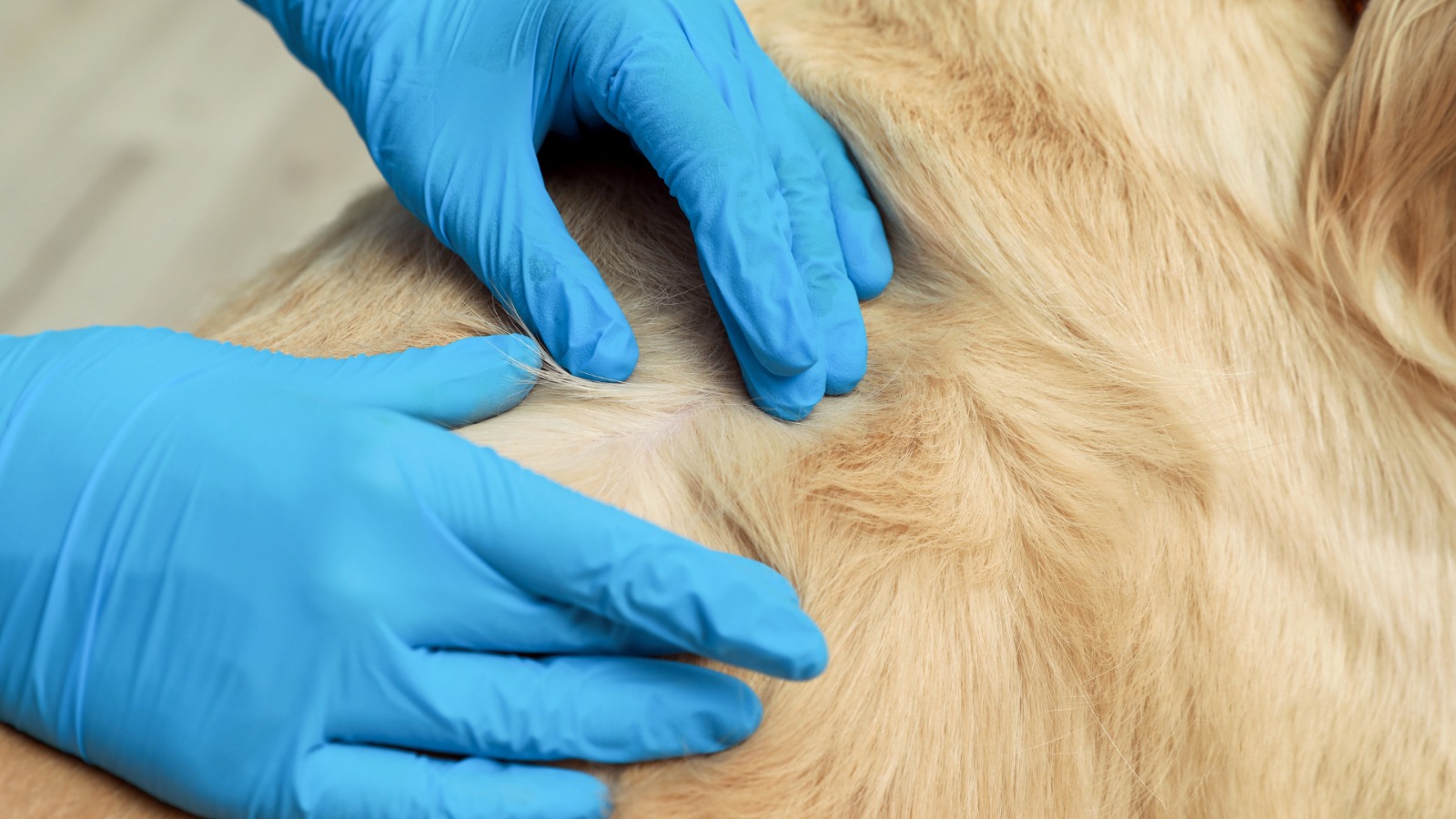
Disease ManagementGeneral HealthAllergiesItching & Allergies
The Low Down on Keratosis
Oct 05 2023
•
4 mins 45 secs
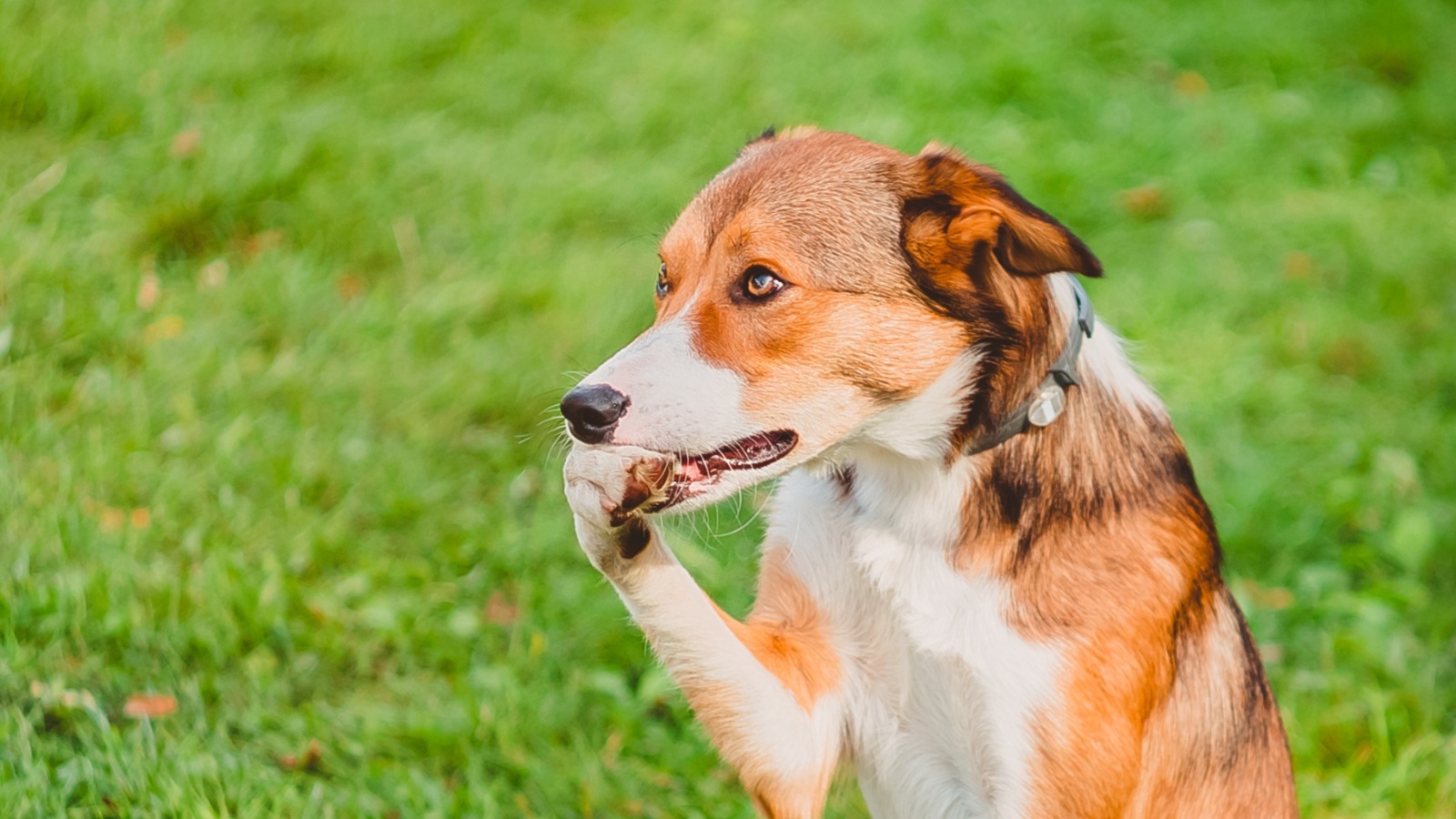
Disease ManagementGeneral HealthAllergiesItching & Allergies
7 Reasons Why My Dog is Biting his Paws
Sep 06 2023
•
7 mins 40 secs

Disease ManagementGeneral HealthAllergiesItching & Allergies
Haematoma in Dogs
Jan 25 2023
•
8 mins

Disease ManagementGeneral HealthAllergiesItching & Allergies
Does My Dog Have an Allergy or an Intolerance?
May 10 2022
•
4 mins 42 secs

Disease ManagementGeneral HealthAllergiesItching & Allergies
5 Tips to Support Your Seasonally Itchy Dog
Apr 26 2022
•
4 mins 50 secs

Disease ManagementGeneral HealthAllergiesItching & Allergies
Why Do Allergies in Dogs Develop?
Apr 21 2022
•
5 mins 36 secs
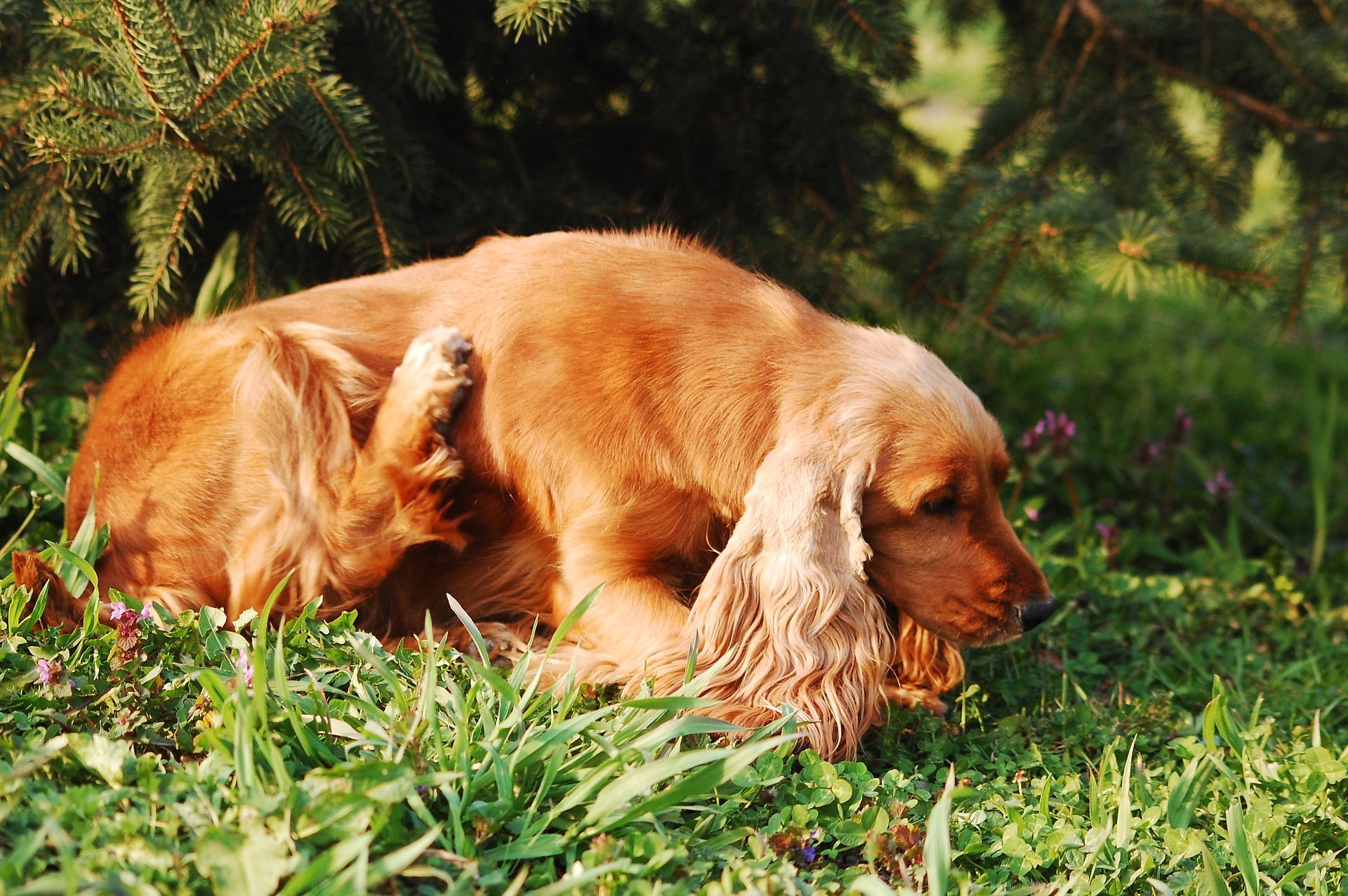
Disease ManagementGeneral HealthAllergiesItching & Allergies
Why Is My Dog Itchy?
Oct 21 2021
•
5 mins 39 secs
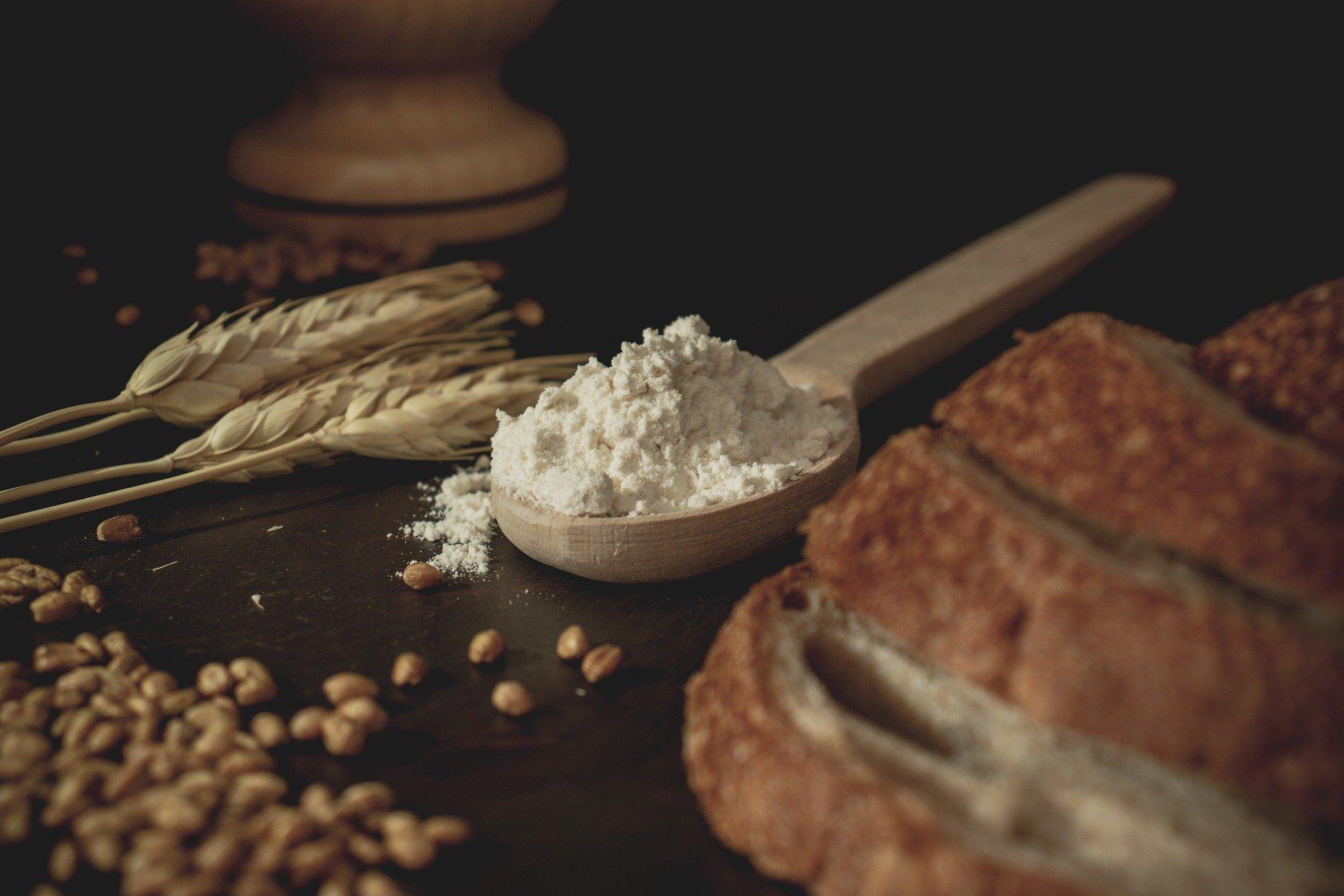
Disease ManagementGeneral HealthAllergiesItching & Allergies
Does My Dog Need a Grain Free Diet?
Oct 15 2021
•
5 mins 46 secs

Disease ManagementGeneral HealthAllergiesItching & Allergies
Why Does My Dog Need Minerals – Part Two
Sep 23 2021
•
12 min read

Disease ManagementGeneral HealthAllergiesItching & Allergies
Why Does My Dog Need Minerals – Part One
Sep 22 2021
•
7 min read

Disease ManagementGeneral HealthAllergiesItching & Allergies
What is The Gut Barrier?
Aug 25 2021
•
5 min read

Disease ManagementGeneral HealthAllergiesItching & Allergies
To Fast Or Not To Fast? That Is The Question
Aug 23 2021
•
5 min read
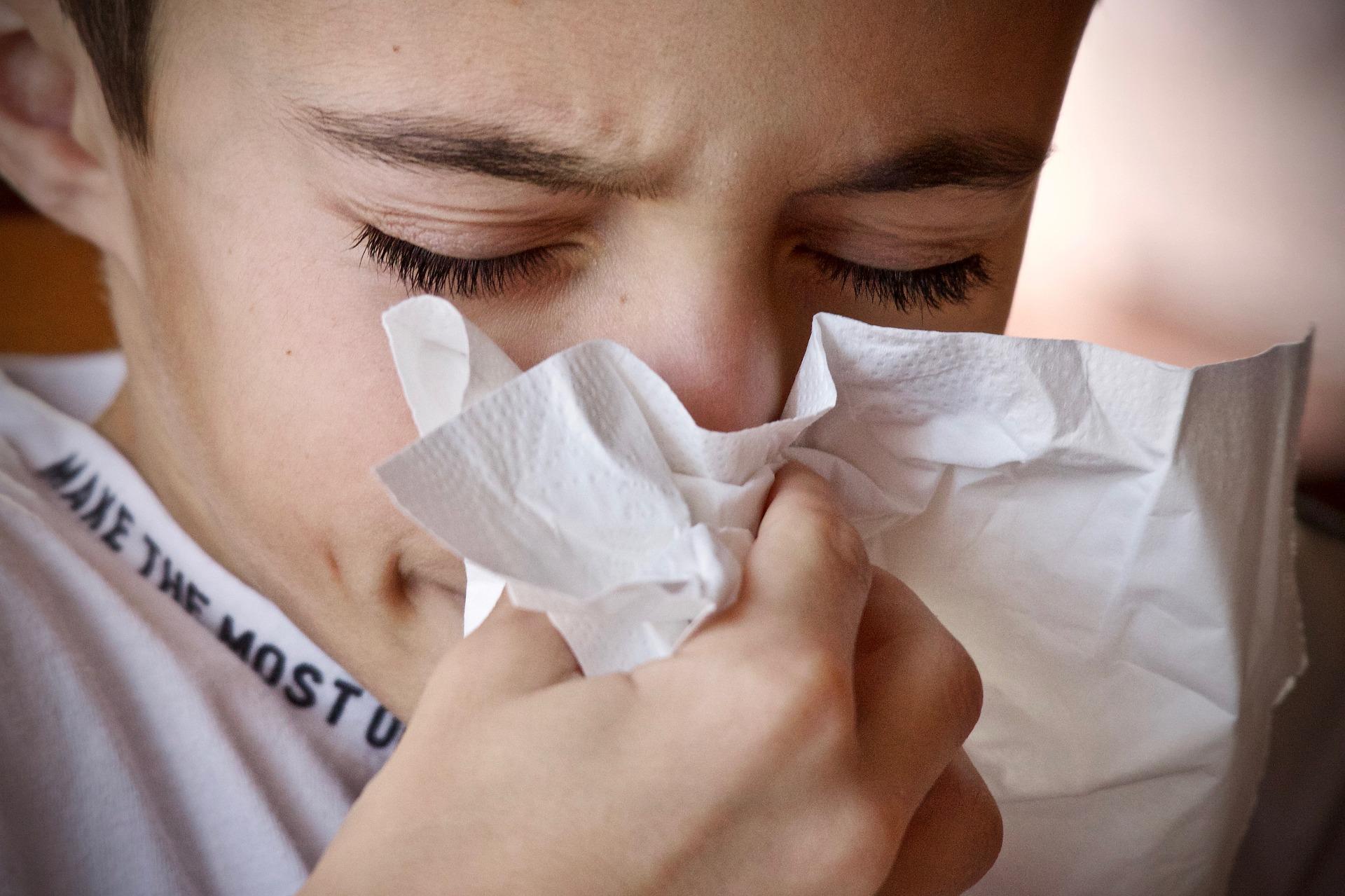
Disease ManagementGeneral HealthAllergiesItching & Allergies
Dog Allergies – The Hypoallergenic Myth
Aug 11 2021
•
5 min read
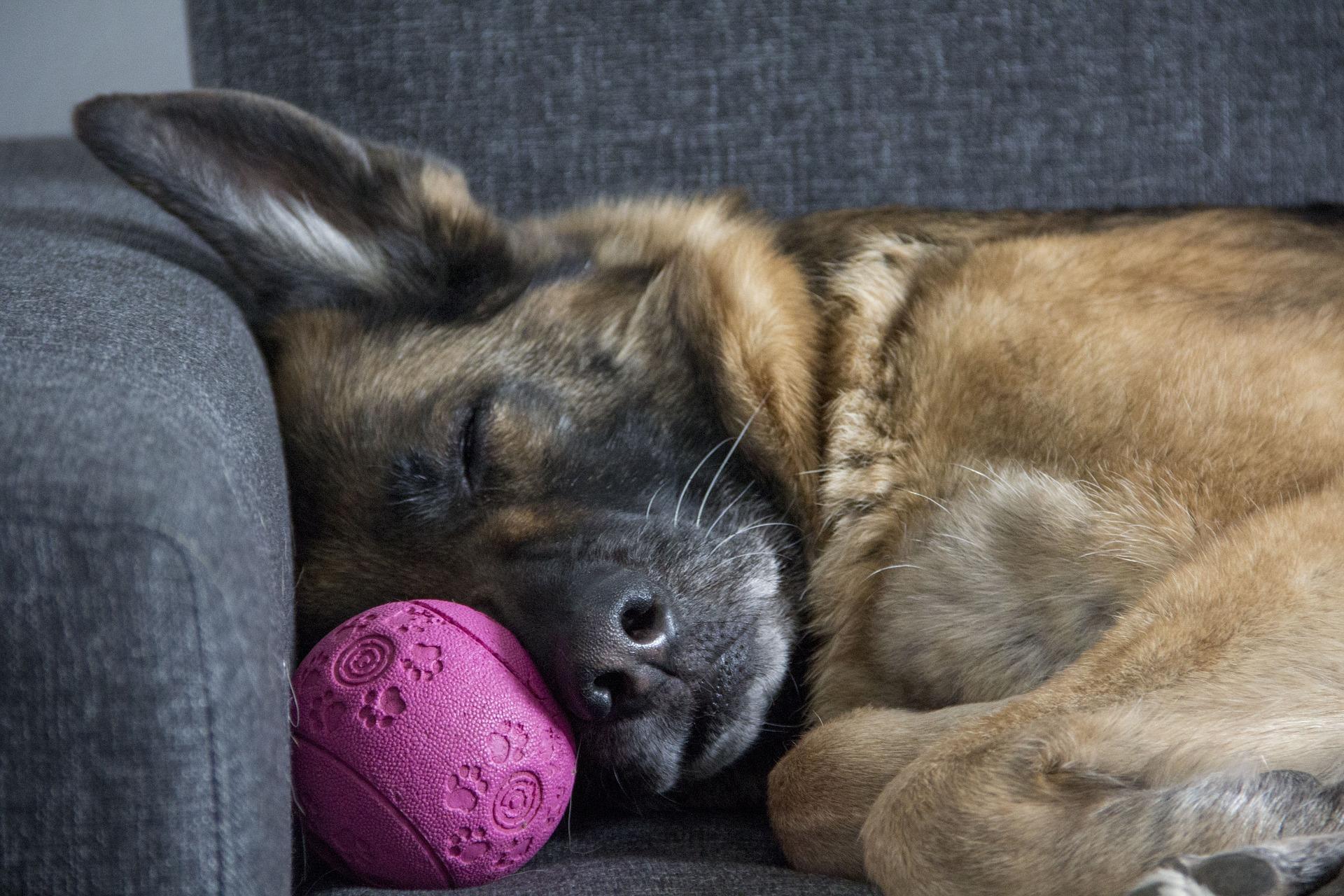
Disease ManagementGeneral HealthAllergiesItching & Allergies
Bacterial Overgrowth – More Common Than You Think
Aug 04 2021
•
6 min read
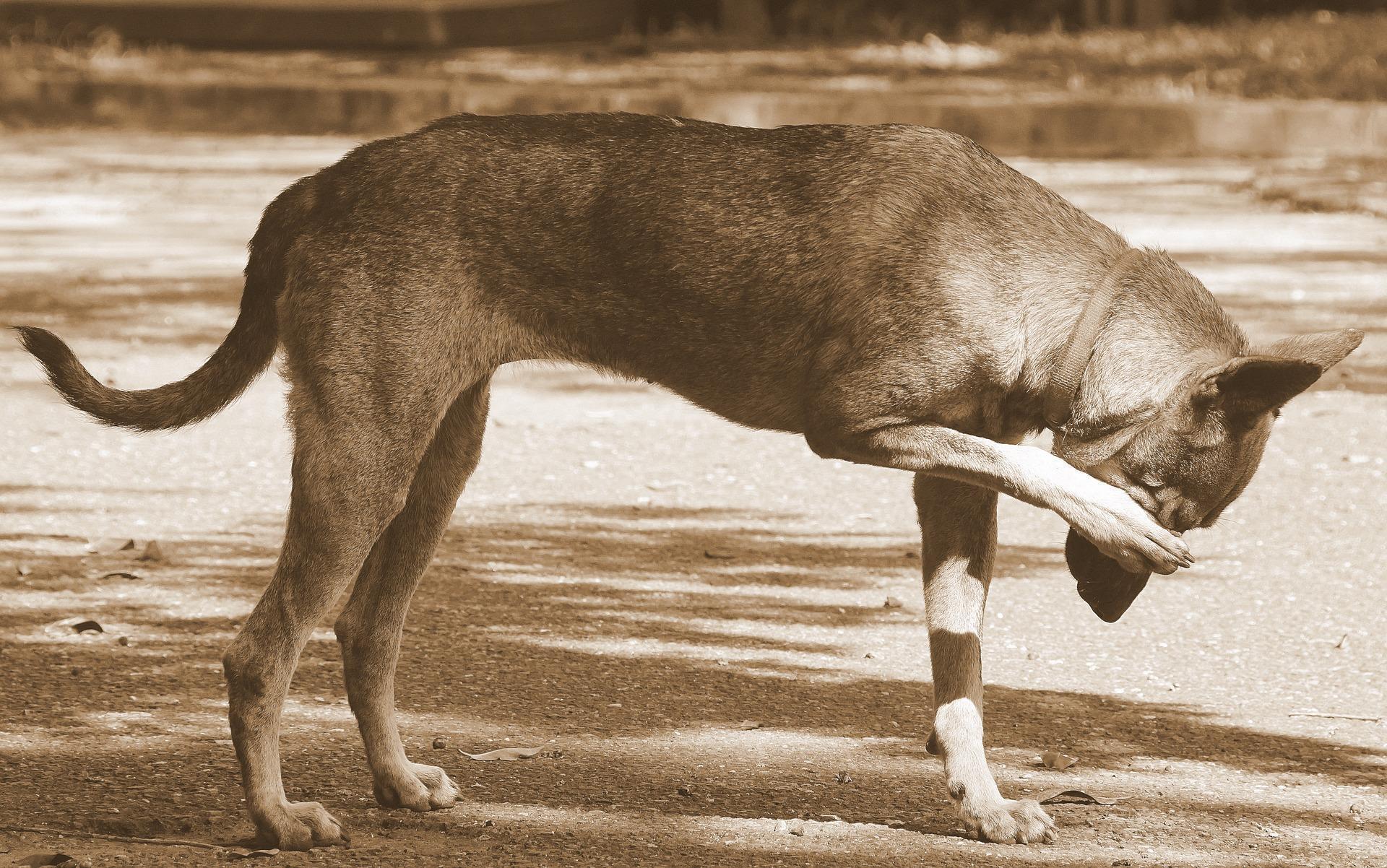
Disease ManagementGeneral HealthAllergiesItching & Allergies
A Brief Guide to Histamine Intolerance for Dogs
Jul 13 2021
•
4 min read

Disease ManagementGeneral HealthAllergiesItching & Allergies
What Can Cause Gut Dysbiosis?
Jun 21 2021
•
7 min read

Disease ManagementGeneral HealthAllergiesItching & Allergies
Why Is My Dog Regurgitating?
Jun 07 2021
•
5 min read

Disease ManagementGeneral HealthAllergiesItching & Allergies
Glyphosate and My Dog
Jun 07 2021
•
5 min read
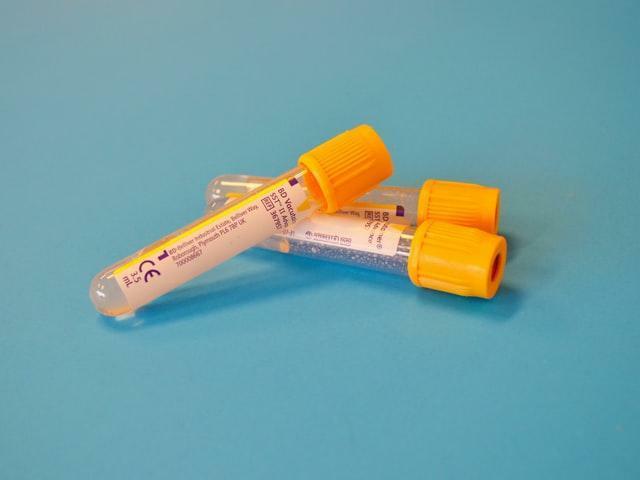
Disease ManagementGeneral HealthAllergiesItching & Allergies
Does My Dog Need an Allergy Test?
Apr 26 2021
•
7 min read

Disease ManagementGeneral HealthAllergiesItching & Allergies
Does My Pet Need to Detox
Apr 15 2021
•
8 min read

Disease ManagementGeneral HealthAllergiesItching & Allergies
Lectins and Should My Dog Eat Them?
Apr 12 2021
•
6 min read
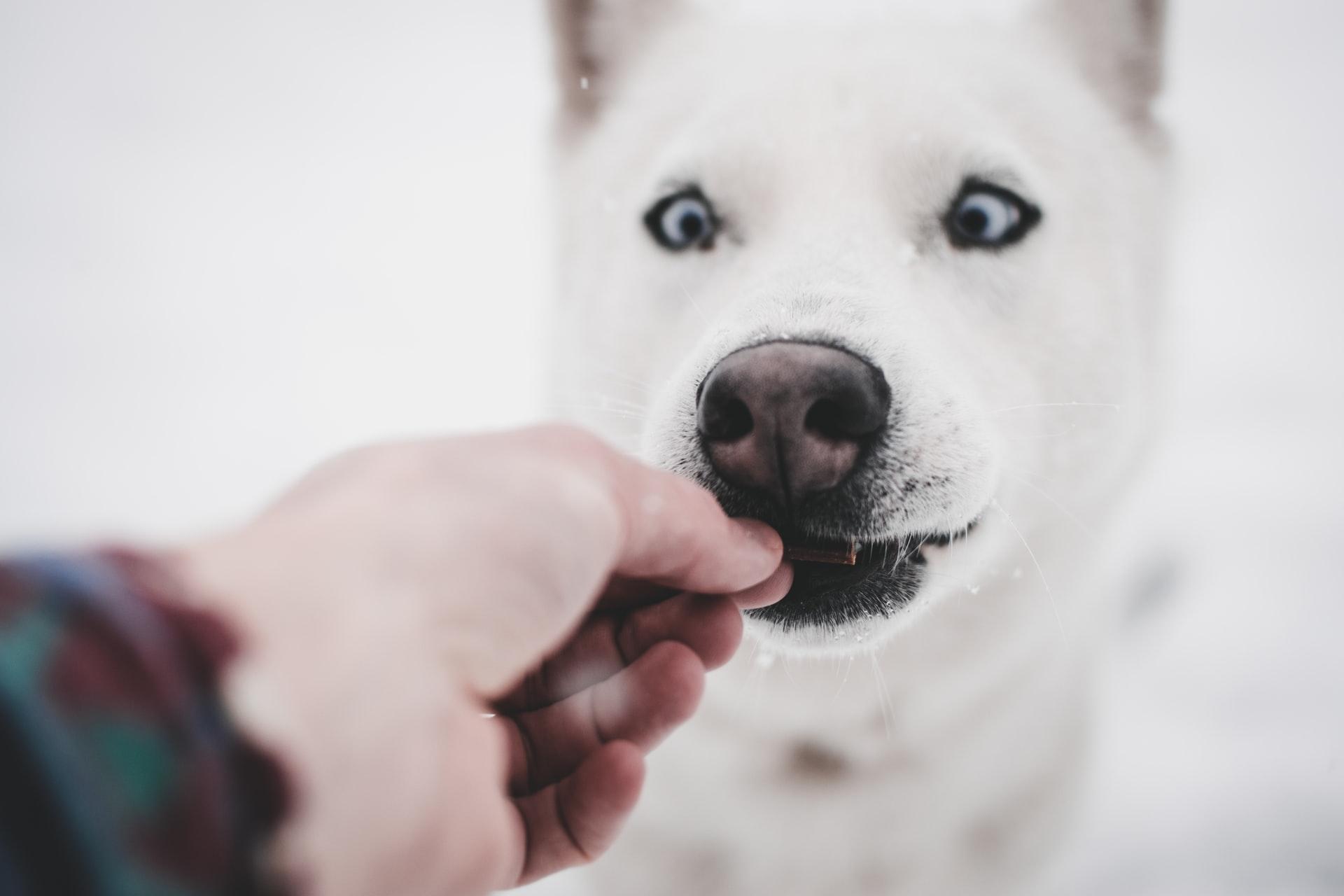
Disease ManagementGeneral HealthAllergiesItching & Allergies
Elimination Diets for Dogs
Apr 08 2021
•
8 min read

Disease ManagementGeneral HealthAllergiesItching & Allergies
Low Histamine Diets, Why and When!
Apr 07 2021
•
7 min read

Disease ManagementGeneral HealthAllergiesItching & Allergies
Your Puppy’s Microbiome
Mar 31 2021
•
4 min read
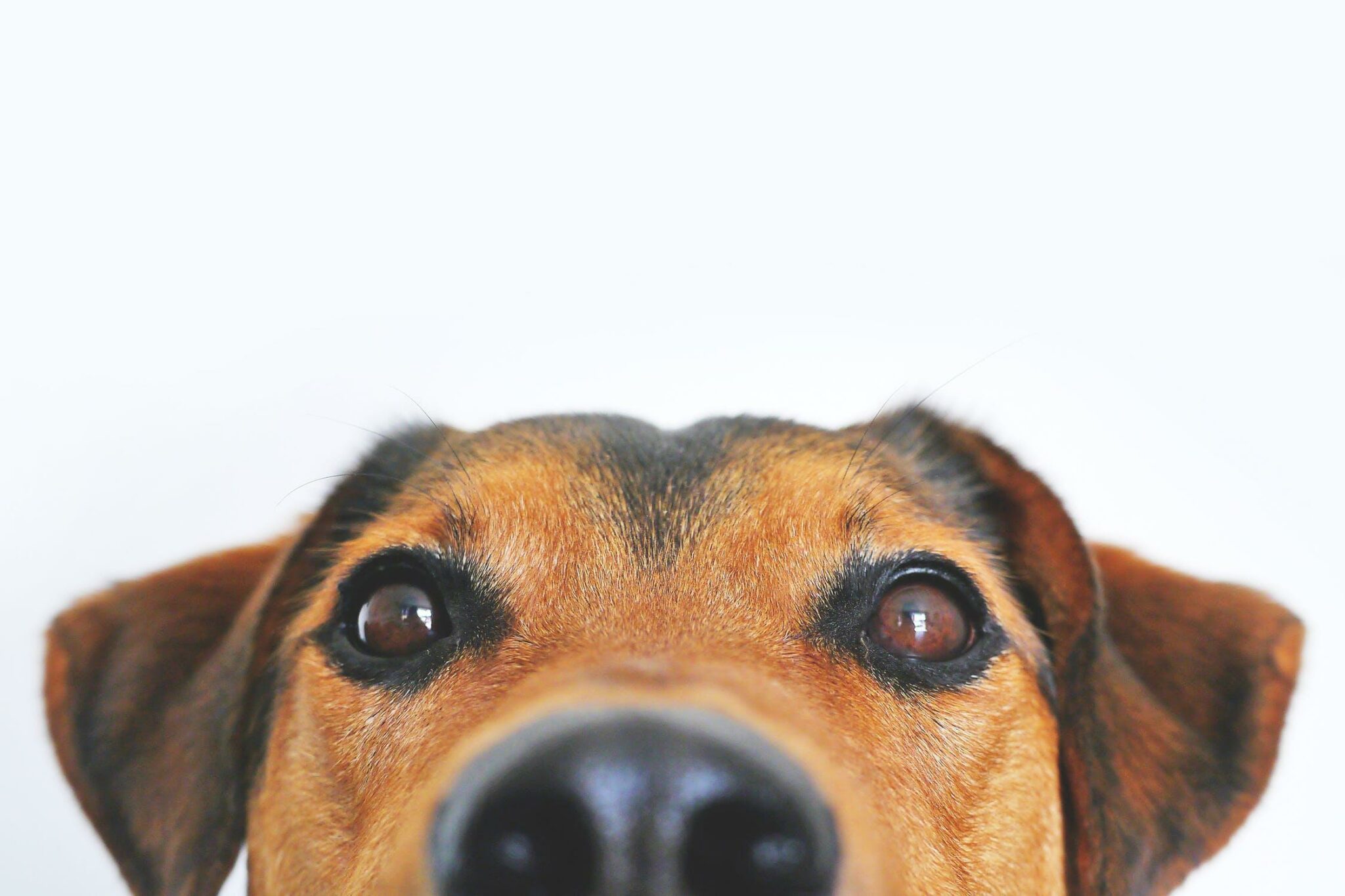
Disease ManagementGeneral HealthAllergiesItching & Allergies
5 Basic Tips for Seasonal Allergies
Mar 26 2021
•
5 min read
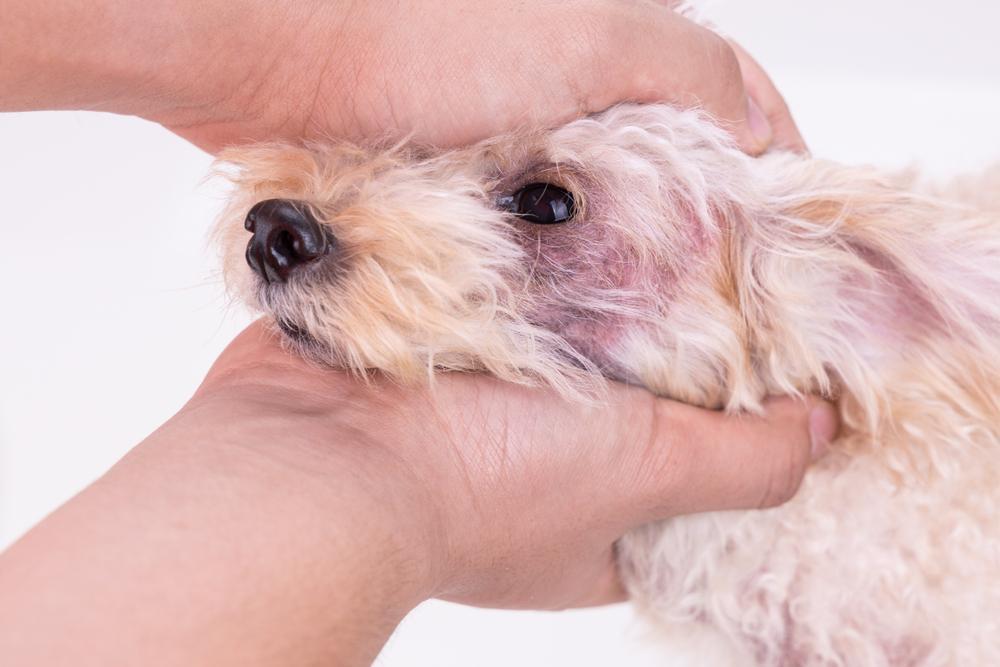
Disease ManagementGeneral HealthAllergiesItching & Allergies
Can Genes Result in Poor Skin Function?
Mar 03 2021
•
8 min read

Disease ManagementGeneral HealthAllergiesItching & Allergies
Why Is My Dog A Fussy Eater?
Jan 18 2021
•
10 min read

Disease ManagementGeneral HealthAllergiesItching & Allergies
Why Does My Dog Keep Licking?
Jan 11 2021
•
9 min read

Disease ManagementGeneral HealthAllergiesItching & Allergies
5 Reasons Why Your Dog May Have Diarrhoea
Jan 07 2021
•
6 min read

Disease ManagementGeneral HealthAllergiesItching & Allergies
Why is My Dog Losing His Hair?
Jan 04 2021
•
7 min read

Disease ManagementGeneral HealthAllergiesItching & Allergies
Tackling Atopic Dermatitis in Pets
Dec 16 2020
•
9 min read
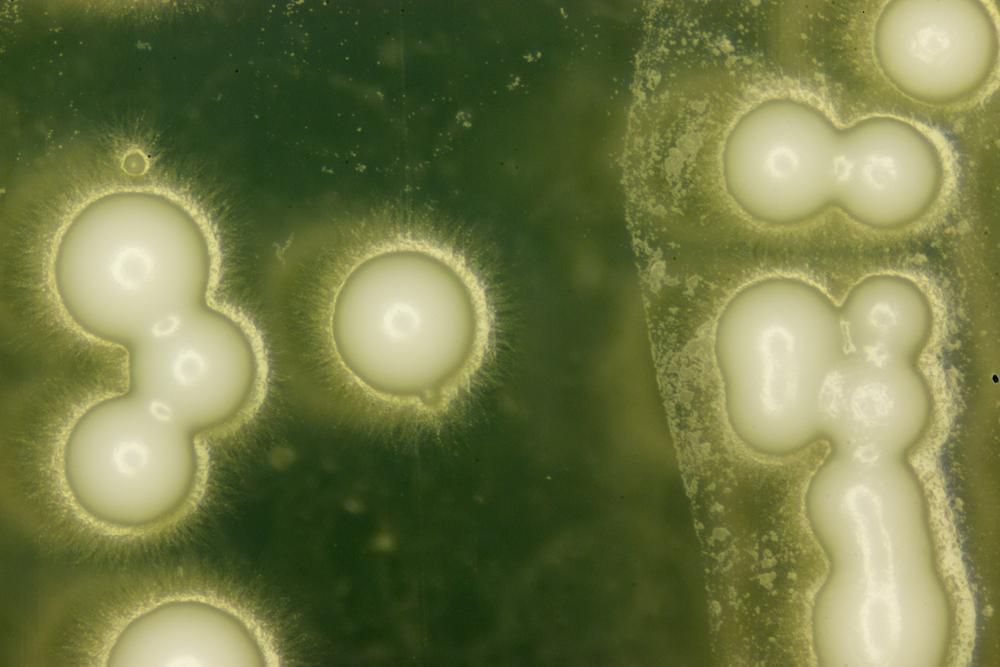
Disease ManagementGeneral HealthAllergiesItching & Allergies
Is Your Dog A Yeasty Beast?
Dec 09 2020
•
8 min read

Disease ManagementGeneral HealthAllergiesItching & Allergies
5 Reasons Your Dog May Have Bad Breath
Nov 30 2020
•
7 min read

Disease ManagementGeneral HealthAllergiesItching & Allergies
Tear Stains: Is Your Dog A Cry Baby
Oct 27 2020
•
9 min read

Disease ManagementGeneral HealthAllergiesItching & Allergies
How Traditional Chinese Medicine Can Help My Dog
Oct 21 2020
•
7 min read

Disease ManagementGeneral HealthAllergiesItching & Allergies
Why Probiotics Are Good For You And Your Dog
Oct 20 2020
•
8 min read

Disease ManagementGeneral HealthAllergiesItching & Allergies
Why Zinc is Important for your Dog
Sep 10 2020
•
8 min read

Disease ManagementGeneral HealthAllergiesItching & Allergies
7 Wonderful Herbs for Dogs
Jul 06 2020
•
9 min read

Disease ManagementGeneral HealthAllergiesItching & Allergies
Natural Guide for Acid Reflux in Dogs
Mar 31 2020
•
8 min read
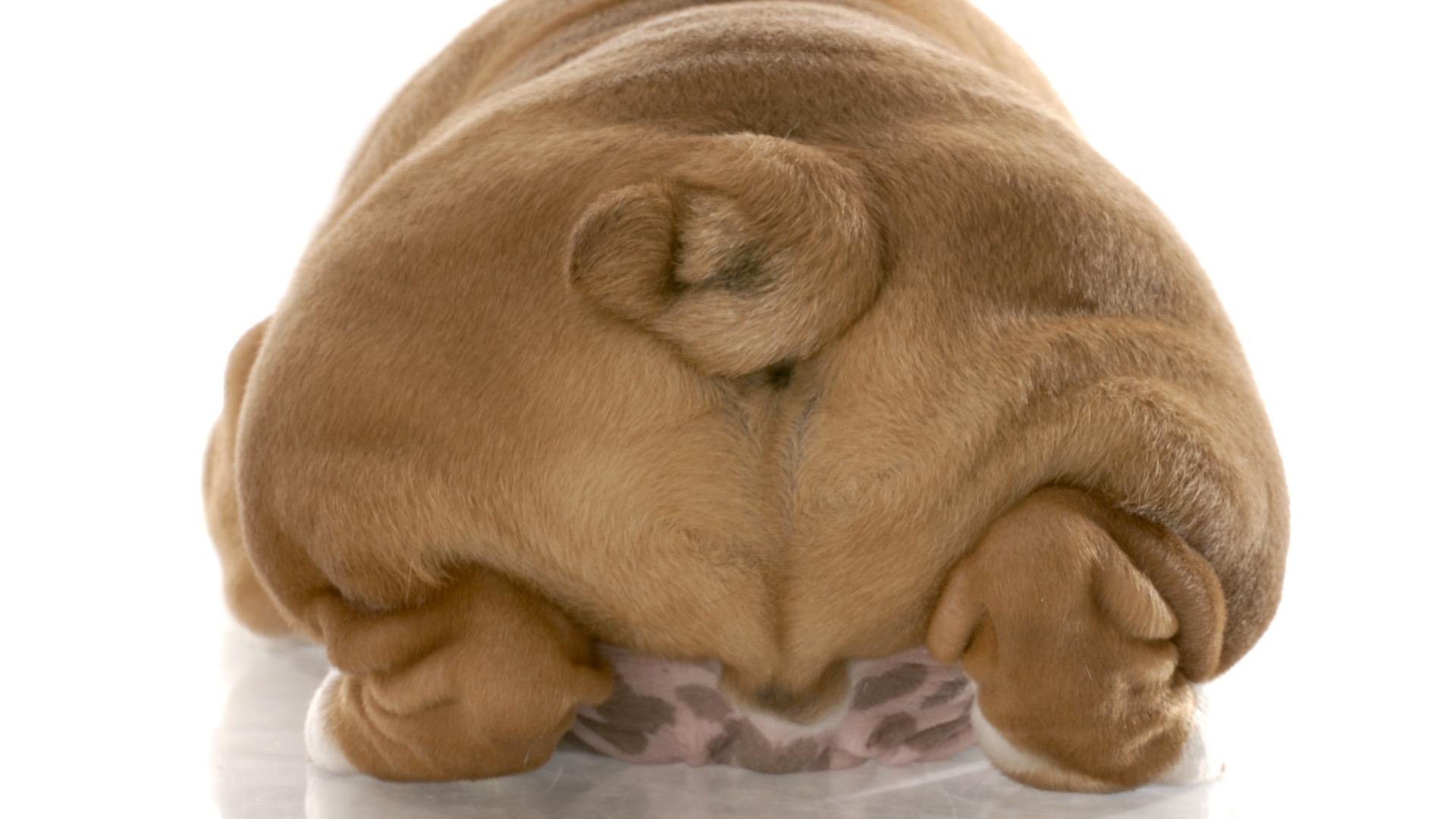
Disease ManagementGeneral HealthAllergiesItching & Allergies
The 4 Corner Stones for Healthy Anal Glands, Naturally
Mar 27 2020
•
10 min read
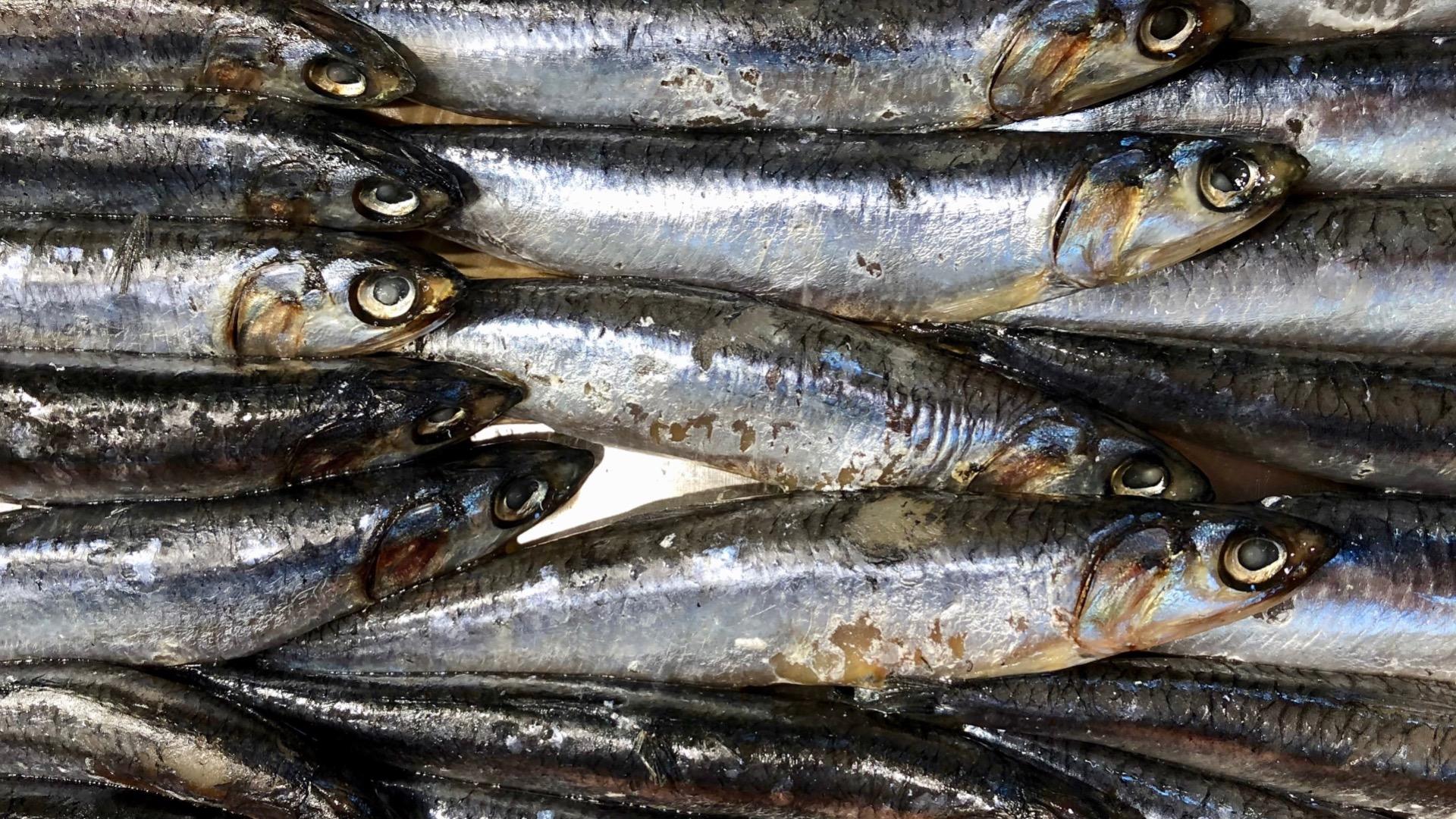
Disease ManagementGeneral HealthAllergiesItching & Allergies
Essential Fats for my Dog’s Diet: The Ultimate Guide
Mar 24 2020
•
10 min read

Disease ManagementGeneral HealthAllergiesItching & Allergies
7 Steps to Optimal Gut Health for Pets
Mar 13 2020
•
8 min read

Disease ManagementGeneral HealthAllergiesItching & Allergies
7 Top Reasons to use Clay in your Dog’s Diet Regime
Feb 20 2020
•
5 min read

Disease ManagementGeneral HealthAllergiesItching & Allergies
Itching has become such an epidemic
Feb 18 2020
•
6 min read

Disease ManagementGeneral HealthAllergiesItching & Allergies
An itch you just can’t scratch!
Feb 12 2020
•
3 min read

Disease ManagementGeneral HealthAllergiesItching & Allergies
Itchy cats and dogs naturally!
Jan 23 2020
•
7 min read
✕






